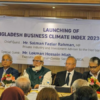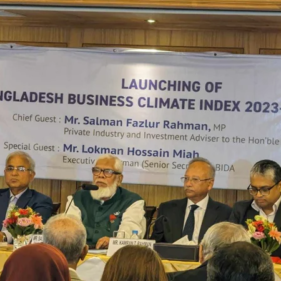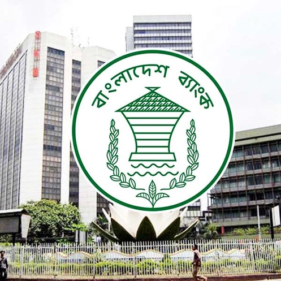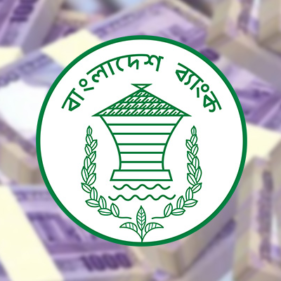We can continue to improve and deliver valuable content for your success. Let’s make learning Pakistan’s Financial English a fun and rewarding experience for everyone. Happy reading!
Manufacturing unit employee Lubna Babar was made redundant originally of the 12 months, a sufferer of a disaster within the Pakistan textile trade that has seen it lose floor to extra nimble Asian opponents.
“Once you lose your job, your life involves a detailed,” the 43-year-old from Lahore instructed AFP
“We have been working in factories for years… the day you get sacked, the story ends there.”
Pakistan’s industrial manufacturing sector — like elsewhere on the earth — has suffered from the slowdown in world consumption and the rise in vitality prices following the outbreak of warfare in Ukraine.
However the difficulties of the textile sector, which accounts for 60 p.c of Pakistan’s exports, are compounded by the essential state of the economic system and months of political chaos.
In Pakistan, the trade was buoyed on the tail finish of the coronavirus pandemic, when it was freed of restrictions sooner than regional rivals India and Bangladesh and benefited from authorities monetary support, together with slashed vitality charges.
In 2022-2023, nonetheless, textile exports fell by 15 p.c to $16.5 billion.
“Two years in the past, we had been on a really excessive progress trajectory… we had been assured that our exports this 12 months would go to $25 billion,” mentioned Hamid Zaman, managing director of Sarena Textile Industries.
“Sadly, when you might have political instability and issues should not clear, and the insurance policies of the federal government are reversed, this entire factor has gone right into a tailspin,” he instructed AFP.
The political chaos began in April final 12 months, when Imran Khan was dismissed as prime minister by a vote of no-confidence.
His makes an attempt to parlay common public assist right into a motion to drive an early election noticed him arrested in Might, resulting in violence that solely ended with a large crackdown on his celebration and its supporters.
He was convicted of graft on Saturday and sentenced to 3 years in jail.
The textile and clothes sector employs round 40 p.c of the nation’s 20 million-strong industrial workforce.
The principle export markets are the US, EU, the UK, Turkey, and the UAE, supplying cotton materials, knitwear, mattress linen, towels, and ready-made clothes to world manufacturers akin to Zara, H&M, Adidas, John Lewis, Goal and Macy’s.
However many factories have closed in current months — a minimum of briefly — or are not working at full capability.
“Maybe 25 to 30 p.c of all textile factories have closed. It’s estimated that maybe 700,000 jobs have been misplaced within the final 12 months or 12 months and a half,” mentioned Zaman.
Babar felt this keenly, having seemed for work at different factories — however they had been additionally shedding workers.
“They mentioned they had been not receiving orders from overseas,” she mentioned.
After devastating floods in the summertime of 2022, cotton manufacturing in Pakistan fell to an all-time low.
The textile trade was unable to compensate by shopping for from overseas due to a freeze on imports imposed by the federal government to protect its foreign exchange reserves.
Hundreds of containers crammed with uncooked supplies and equipment important for the nation’s industries had been held up for months within the southern port of Karachi.
Textile corporations additionally noticed the price of capital rise considerably, contending with rates of interest of greater than 20 p.c because the central financial institution sought to curb record-breaking inflation.
Pakistan lastly managed to consolidate its overseas trade reserves with the approval in mid-July of a $3 billion mortgage from the Worldwide Financial Fund (IMF) and extra help from China, Saudi Arabia and the United Arab Emirates.
“However that is not an answer, it is simply getting deeper and deeper into debt,” mentioned Kamran Arshad, managing director of Ghazi Materials Worldwide.
“The one method ahead is enhancing Pakistan’s exports and creating an surroundings that’s investor-friendly that might incentivise industrial manufacturing and exercise,” he added.
One of many situations of the IMF bailout was an finish to subsidies on vitality, resulting in a pointy rise in the price of electrical energy, which impacts the competitiveness of textile corporations.
“Our largest problem going ahead is having vitality costs which might be considerably larger than these of India, Bangladesh, Sri Lanka, Vietnam and China,” mentioned Arshad.
“We’re not asking for subsidies. Realistically we’re asking for regionally aggressive vitality costs.”
Within the face of those challenges, the nation’s textile producers have misplaced clients globally.
“Pakistan’s general market share within the textile and garment trade was practically 2.25 p.c about two years in the past. Now it is all the way down to round 1.7 p.c,” mentioned Aamir Fayyaz Sheikh, CEO of Kohinoor Mills.
Sheikh sees some hope if the political scenario settles following an election due earlier than the top of the 12 months.
“After the elections there might be extra political readability and that may assist carry extra financial stability,” he mentioned.
However for extraordinary staff like Babar, there’s little mild on the finish of the tunnel.
“Life is getting more durable daily,” mentioned the mom of three.
“We cook dinner as soon as and make it final for 2 days. And if we haven’t any meals, we make do, with out complaining.”
Pakistan’s financial woes have indeed left the textile trade in tatters, impacting its competitiveness, exports, and overall growth.









